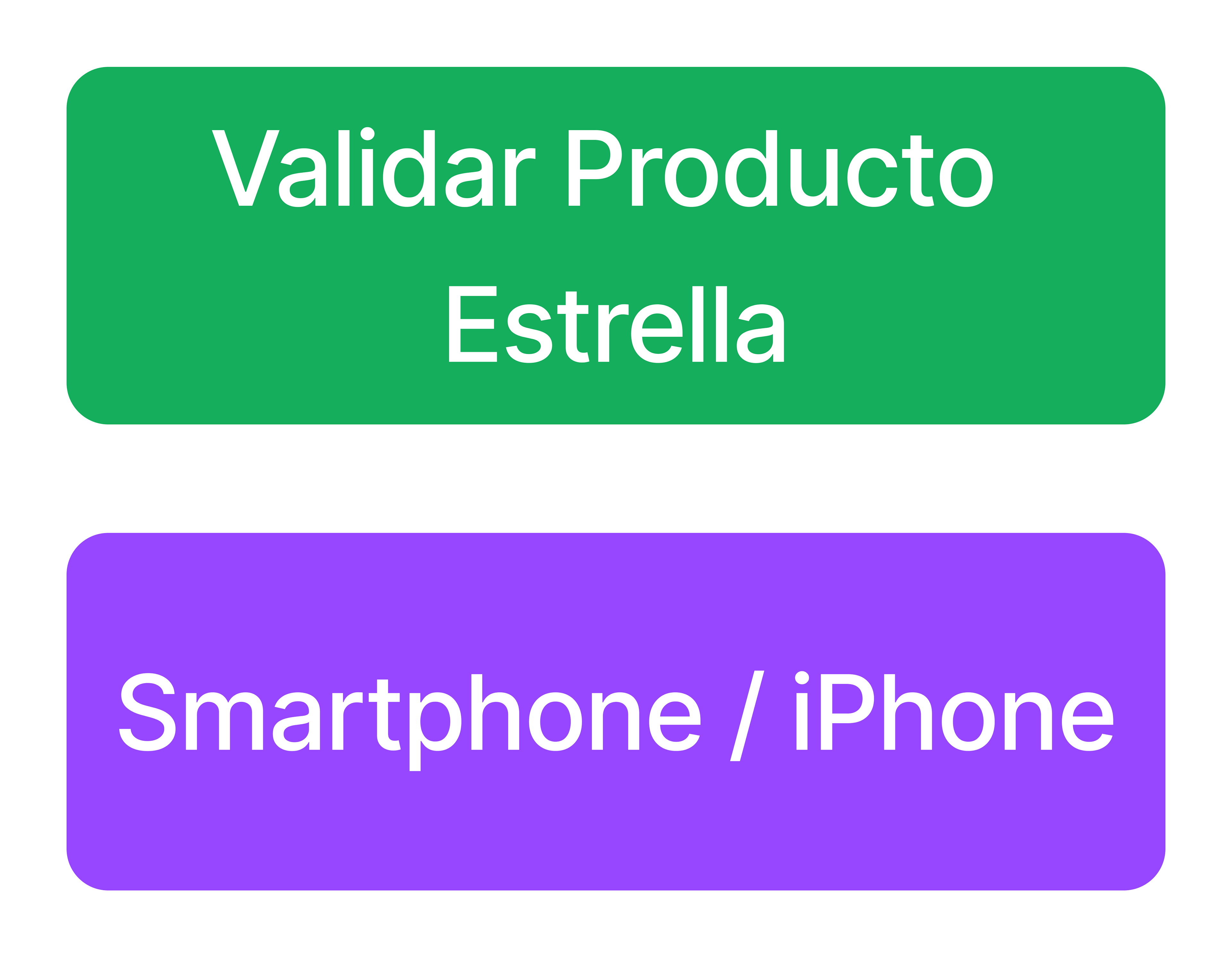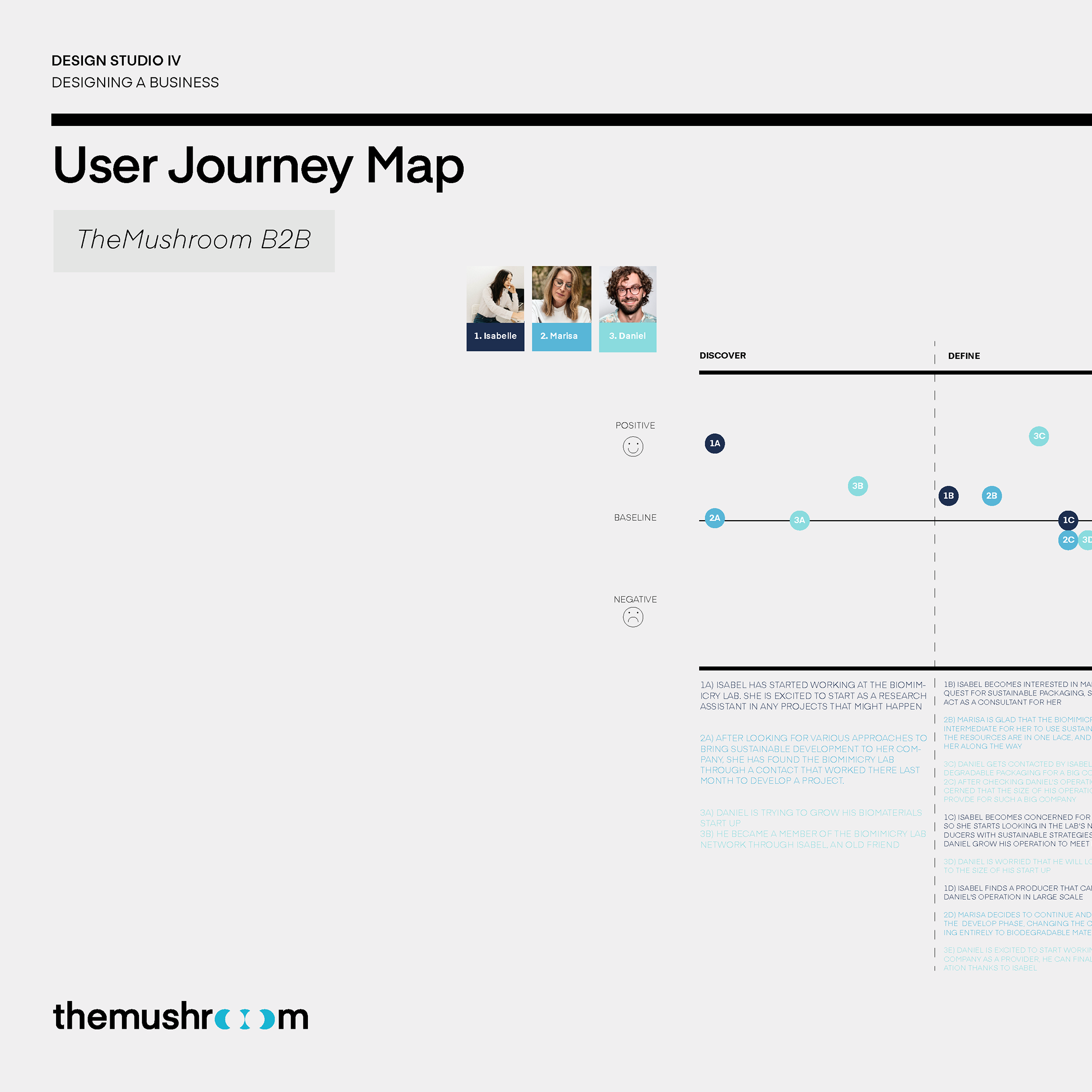

🏁 Test Objectives:
The project is about defining the new hierarchy in the organization of categories and subcategories in the Wivai navigation flow.
We are looking to improve the accessibility to certain 2nd and 3rd level categories, to improve the product search from the macro menu.
We are looking to improve the accessibility to certain 2nd and 3rd level categories, to improve the product search from the macro menu.
Business OKR's: Improve conversion, reduce bounce rate and improve navigation times.
👤User Profile
80 users of which 91% shop online more than once a month.
❔Investigation questions:
Do users relate the products they are looking for to the names of the main categories?
Do they understand which products are contained in the 20th and 3rd level subcategories?
What does the user expect to find when accessing a subcategory?
Are there products that have not been related to any of the existing subcategories?
Do they understand which products are contained in the 20th and 3rd level subcategories?
What does the user expect to find when accessing a subcategory?
Are there products that have not been related to any of the existing subcategories?
🔨Metodology
01. Card Sorting
Insights and points of action
As a result of the card sorting, we were able to extract several relevant comments regarding the existing categories and subcategories.
Refurbished and Outlet→ They associate it with the categories of Electronics, offers or technology.
There are discrepancies with regard to the subcategories of home and household appliances, which should be analyzed in greater depth, taking into account the update of the catalog.
the update of the catalog.
the update of the catalog.
Furniture and outdoor → They associate it together with Home
Babies → They clearly see it as a separate category.
Sports and Mobility → They associate it together.
Given that this test can be used to locate new products, the conclusions are left open in order to go deeper into the category that is considered necessary.
02. Tree Test
From the Card Sorting, we iterated the design and tested it again.



Questions resulting from the first Card sorting
Proposal for Tree Test
Results
03. Tree Test with focus on 'Urban Mobility'/ 'Sports & Leisure'
After the First Card Sorting and Tree test, there were still doubts, since 61% of users had not been able to find the product 'Folding Bike'.
Hipothesis:
Users do not expect to find bicycles within Vehicles.
Users associate bicycles with Sports.
Users associate bicycles with Sports.
Based on the analysis of the results and an specific Benchmark, we made the following changes:
We eliminated the Subcategory 'Urban Mobility', since it is not a standard in e-commerce and is almost never in the first level.
We include all bicycles in Sports, because users relate them to 'Sports', more than to 'Vehicles' or 'Urban Mobility'.
We changed the copy of the category 'Sports' to 'Sports and Leisure' (it is something usual in other e-commerce) because it allows to include other related products that are not exclusively categorized within sports.
We include all bicycles in Sports, because users relate them to 'Sports', more than to 'Vehicles' or 'Urban Mobility'.
We changed the copy of the category 'Sports' to 'Sports and Leisure' (it is something usual in other e-commerce) because it allows to include other related products that are not exclusively categorized within sports.
Resulting iteration for testing:
Results:
Elliptical is mainly included in 'Sports and leisure' (71% of responses).
Mountain bike is mainly included in 'Sports and leisure' (97% of responses).
Gravel bike is mainly included in 'Sports and leisure' (95% of responses).
Folding bike is mainly included in 'Sports and leisure' (67% of responses).
Motor scooter is mainly included in 'Cars and motorcycles' (93% of respondents).
Used vehicles is mainly included in 'Cars and motorcycles' (96% of respondents).
Mountain bike is mainly included in 'Sports and leisure' (97% of responses).
Gravel bike is mainly included in 'Sports and leisure' (95% of responses).
Folding bike is mainly included in 'Sports and leisure' (67% of responses).
Motor scooter is mainly included in 'Cars and motorcycles' (93% of respondents).
Used vehicles is mainly included in 'Cars and motorcycles' (96% of respondents).
Electric bicycle is included in several categories. There is no sufficiently strong grouping, which leads to the conclusion that the product is not clear to users and should be included in several categories so that they can easily find it. The most chosen categories are:
Sports and leisure (35% of responses).
Electronics (31% of responses)
Sustainability (24% of responses)
Sports and leisure (35% of responses).
Electronics (31% of responses)
Sustainability (24% of responses)
Electric scooter is included in several categories. There is no sufficiently strong grouping so it is concluded that the product is not clear to users and should be included in several categories so that they can easily find it. The most chosen categories are:
Electronics (46% of responses).
Sustainability (20% of responses)
Sports and leisure (18% of responses)
Electronics (46% of responses).
Sustainability (20% of responses)
Sports and leisure (18% of responses)
04. Tree Test with focus on 'Mobility'
Hipothesis:
Electric bicycles are not clear products for users and should be included in several categories so that they can easily find them.
Electric scooters are not clear products for users and should be included in several categories so that they can easily find them.
Iterations
Include electric bicycles and scooters in Sports and leisure because they are related to the other products.
Consider including electric bicycles and scooters in Electronics.
Consider including electric bicycles and scooters in Sustainability.
Consider including electric bicycles and scooters in Electronics.
Consider including electric bicycles and scooters in Sustainability.
Final Proposal
Aplication on the Design




